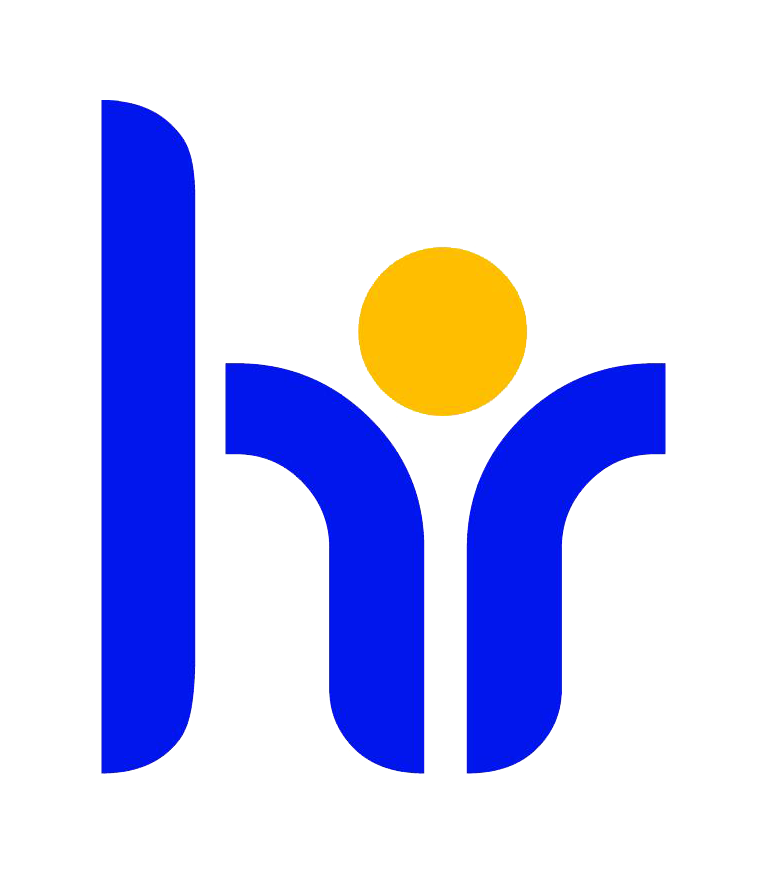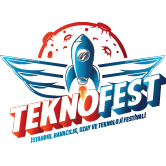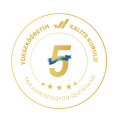Assoc. Dr. Çiğdem Atakuman,
Director of Research and Application Center for Historical and Environmental Values,
METU Museum
"Do you think a contemporary university
may ignore the historical Yalıncak campus
that seems to be watching it 1,800 m far from the slope behind it? Do you think the university may overlook it?"
-Kemal Kurdaş, ODTÜ Yıllarım, 1998, s. 167
METU Archeology Museum is one of the most authentic Campus points that has witnessed the creation of the values which we define as “ the METU Spirit”. Located between the Library and the Faculty of Economics and Administrative Sciences, the building was designed by Behruz Çinici. As one of the founding figures of our university Kemal Kurdaş mentioned in his memoir “ODTÜ Yıllarım”, the Museum Building was originally thought of as an “exhibition bloc” independent from the faculties, but in the early years of the University, the building served as a “registrar’s office” for a short period of time. In 1969, through Kemal Kurdaş’s vision and support, the building resumed its originally intended function as a museum. Since then, the METU Archaeology Museum continues to function under the supervision of the Ministry of Culture and METU President’s office.
The Museum is unique in many respects. By far the most unique feature of the Museum is that it houses archaeological artifacts discovered at sites within the METU Campus area, which date back to at least 5,000 years. At the sametime, the Museum building is recognised as a historically important location that witnessed the development of milestone heritage projects as well as the development of archeology discipline in Turkey. For example, between the 1960’s to the beginning of 2000’s, during the planning stages of Keban, Lower Euphrates, Ilisu and Karkamış Dams, the METU Museum operated as the headquarters for organization of various rescue excavations and cultural heritage projects for sites that would be inundated. This phenomenal organization carried the ethics of collaborative work to a new platform and the participants of these projects, who are prominent figures in Turkish archaeology today, continue to remember the cooperation and knowledge production experience they witnessed at the METU Campus and the Museum. Since its establishement in 1969, the Museum building has been preserved in its original place by the President’s Office of METU.
As for the establishment of the Museum and its exhibits; as very well known, the first official excavation performed with the support of Atatürk after the proclamation of the Republic of Turkey was initiated in Ahlatlıbel in 1933 by Hamit Zübeyr Kosay, long before the establishement of the general area as METU Campus. The mythical figure of METU’s foundational years, President Kemal Kurdaş, knew about the importance of the Early Bronze Age site of Ahlatlıbel (3000-2000 BC), due to his immense curiosity in archaeology and history. During the early 1960’s, in one of his inspections within the Campus area he recognized that at least two other archaeological sites needed attention, namely Yalıncak and Koçumbeli. He immediately commissioned Burhan Tezcan and Sevim Buluç who excavated these sites between 1962 and 1968. In these excavations, they found that Koçumbeli settlement was also an Early Bronze Age settlement that was connected to Ahlatlıbel as well as Alacahöyük, while they concluded that Yalıncak was a settlement dating from the Late Phrygian Period, the 6th century BC to the Hellenistic, Roman and Ottoman times. In 1967, METU researchers also joined the excavations of Great Tumulus, Tumulus I and Tumulus II within the wider Phrygian Necropolis located between Atatürk Orman Çiftliği and Bahçelievler. Later, between 1986 and 1988, the Tumulus of Beştepe-Gençlerbirliği was excavated.
Findings from all of these sites represent important stages of Anatolian archaeology and Koçumbeli, Yalıncak and the four tumuli excavtons conducted by METY researchers are on display at the METU Museum today whereas the Ahlatlıbel finds are on display at the Anatolian Civilizations Museum in Ulus. Representing the oldest group of artifacts, Koçumbeli material demonstrate some of the best examples of pottery, figurines, seals and first metal works used in the Early Bronze Age, during which urbanization and privatization of labor started to emerge in Anatolia. Similary, the finds from the Phyrigian Tumuli represent some of the best examples of metal and woodworking of the time period. The artifacts at the Museum are open to researchers, national and international. METU students continue to produce graduate and doctoral theses on the artifacts in collaboration with the graduate programs in Settlement Archaeology, Archaeometry and the department of Fine Arts while Education departments and Museum programs of various universities use the METU Museum for teaching and research activities. The symposium “Ritual and Society in Archaeology”, was one of the events that brought more than 30 speakers from various universities was one of the Museum events in 2017 that provided a venue for discussion of these research activities.

The METU Archeology Museum does not only serve as an exhibition and research area, but also aims to function as a platform to raise awareness of cultural heritage in recent years. In this context, the museum staff has initiated three different TUBITAK Science and Society projects. Aiming to reach 12 year-olds, these projects hosted presentations, hands-on excavation and documentation experience as well as drama and drawing activities. Otherwise, the Museum has become a stop in the “Treasure Hunt” game organized by student clubs in recent years. During the Museum Week and the METU festival week, our staff organize the “Archaeological Trivia” event and introduce the Museum. More significantly, The Museum has been added to the university orientation tours in 2017-2018 fall semester.
Thanks to the generous support provided by the President’s office of METU, the Museum activites continue to grow through the help of scientific research project funds and through the science and society projects coordination unit. In fact, various actions have been initiated by our University to develop the Museum as a more effective education, research, exhibition, presentation and recreation venue that reflect the METU values. Amongst these, the Museum will continue to host guided tours by appointment, childrens activities and other scheduled events such research presentatios, hands-on training courses as well as documentary film screenings in collaboration with Thomas Balkenhol of METU- GİSAM.
The METU Archaeology Museum is open to visitors every weekday between 9:30-12:30 and 14:00-17:00, or by appointment.
Contact: 312 210 4232 or 4231
Web: https://muze.metu.edu.tr/
Phyrigian Tumuli
Koçumbeli
Yalıncak
METU- TAÇDAM ARCHEOLOGY MUSEUM
2017-2018 Event Scheduleı
i) Joint work of TAÇDAM-GİSAM: Documentary screenings and conversations on “Archeology and Film” take place on the third Thursday of each month between 15:00 and 17:00.
First event of the 2017-2018 Fall Semester will start with the documentary screening “Konuşan Taşlar” ( “Talking Stones” ) on October 26, 2017 at 15:00 - 17:00. We will watch this documentary work, which includes the introduction and history of the stones used in the construction of the Ankara Castle, and the comments of the local people. Following the screening, a talk with Thomas Balkenhol will be held.
ii)During the 2017-2018 Fall Semester, various presentations, exhibitions and excursions will be held in the museum on the theme of archeology of Ankara and its surroundings, and events will be announced regularly on our website.
iii)Various activities such as excursions and drama and making clay objects are held at the museum on Tuesdays and Thursdays for 2 hours between 10.00 and 14.00 with the participation of secondary school students, who are accompanied by a guide. Please schedule an appointment to participate.
iv)The museum is open to professors and students from different disciplines, who want to organize exhibitions, presentations and science-society activities on any subject.
Çiğdem Atakuman Photo Credit: Mehmet Turgut






















